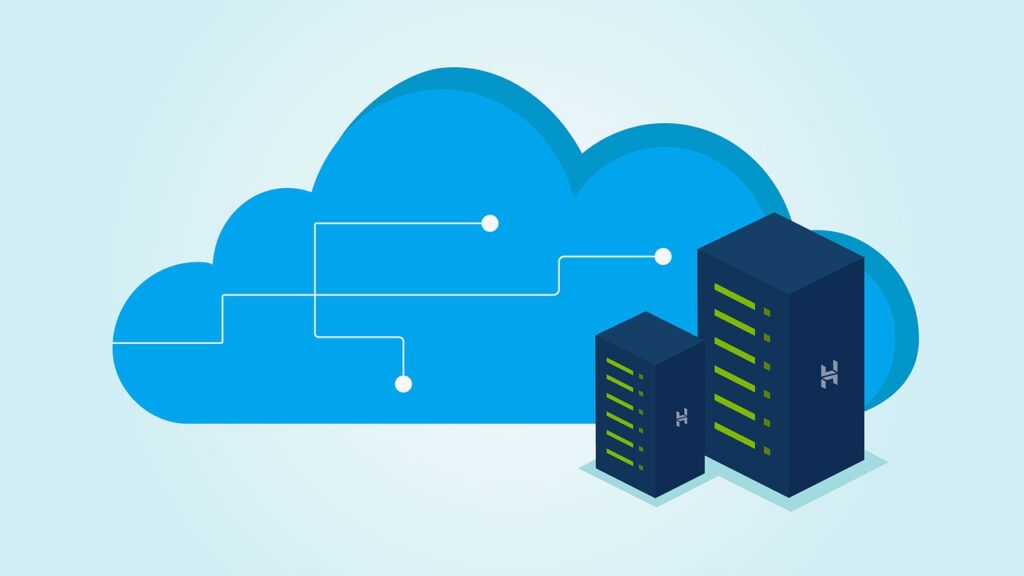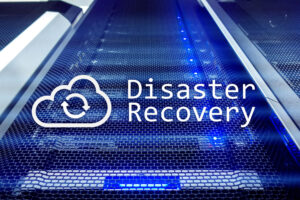How to Prepare your Disaster Recovery for 2021

Written by Sarah Doherty, Product Marketing Manager at iland Cloud.
Time to Focus on Disaster Recovery
When critical information or communication systems are not working properly, it is much more than just an inconvenience for an organisation. The following can and may happen which can be detrimental to any business:
- Weakened customer trust
- Missing or corrupted digital records or legal documents
- Lost revenue
- Decrease in productivity
These can all happen during natural disasters as we have seen frequently during the past year, but also business as usual has forever changed with the pandemic of 2020. Business critical systems may shut down or be unavailable for any period of time which can have devastating cost effects to any business. In addition, there is an increased need for new business practices relating to remote workers, unavailable tape backups, etc. It is vital to the well-being of any organisation to have a solid disaster recovery plan. Although, even with all of the disruptions during this year, it still appears that many CIOs are not readying their companies for the next disastrous event. The need for business critical and customer-facing systems to be ready for whatever may happen now and in the future needs to be addressed in any IT plan.
Organisations need to consider the impact and cost of downtime when preparing for any type of disaster. Unexpected IT outages can have both direct consequences both short and long term. These direct losses can involve:
- Lost sales revenue
- Lost employee productivity due to malfunctioning systems or Internet (think in terms of salaries and benefits)
- Potential employee overtime costs to meet deadlines following a period of disruption
- IT recovery costs
- Cost of restoring IT systems (some data may be forever lost)
- Supply chain ripple effects
- Where applicable, compliance violations or materials lost
While this list may in no way be exhaustive, it begins to demonstrate the reasons why downtime can be so devastating. It is also important to remember that there are also other intangible effects that may be harder to quantify with a dollar amount. These include:
- Customer dissatisfaction
- Low employee morale or turnover due to stress/consequences of downtime
- Brand/loyalty damage
According to a survey done by The Ponemon Institute:
The average downtime across industries costs a company $5,600 per minute.
The average reported incident length was 90 minutes, resulting in an average cost per incident of approximately $505,500.
For a total data centre outage, which had an average recovery time of 134 minutes, average costs were approximately $680,000.
For a partial data centre outage, which averaged 59 minutes in length, average costs were approximately $258,000.
The report cited the highest cost of a single event at about $1 million (more than $11,000 per minute).
No matter what the cause, downtime impacts more than just day to day operations. Some operations may survive some data loss, but others are dependent on data sharing, or are required to archive information to meet strict audit, regulatory and compliance requirements. It is important to remember that businesses that have a global workforce that collaborate around the clock, or provide services 24/7, also cannot afford any type of data loss.
It is inevitable that everyone may experience a system failure, outage or complete site disaster at some point during their career. Organisations may have a full or partial disaster recovery plan in place, but it really needs to be addressed as to whether that plan can recover critical applications and data in a timely manner in order to meet corporate business continuity requirements as well as customer expectations? Now is the right time to review priorities and be sure that there is the right plan in place to meet any business needs.






